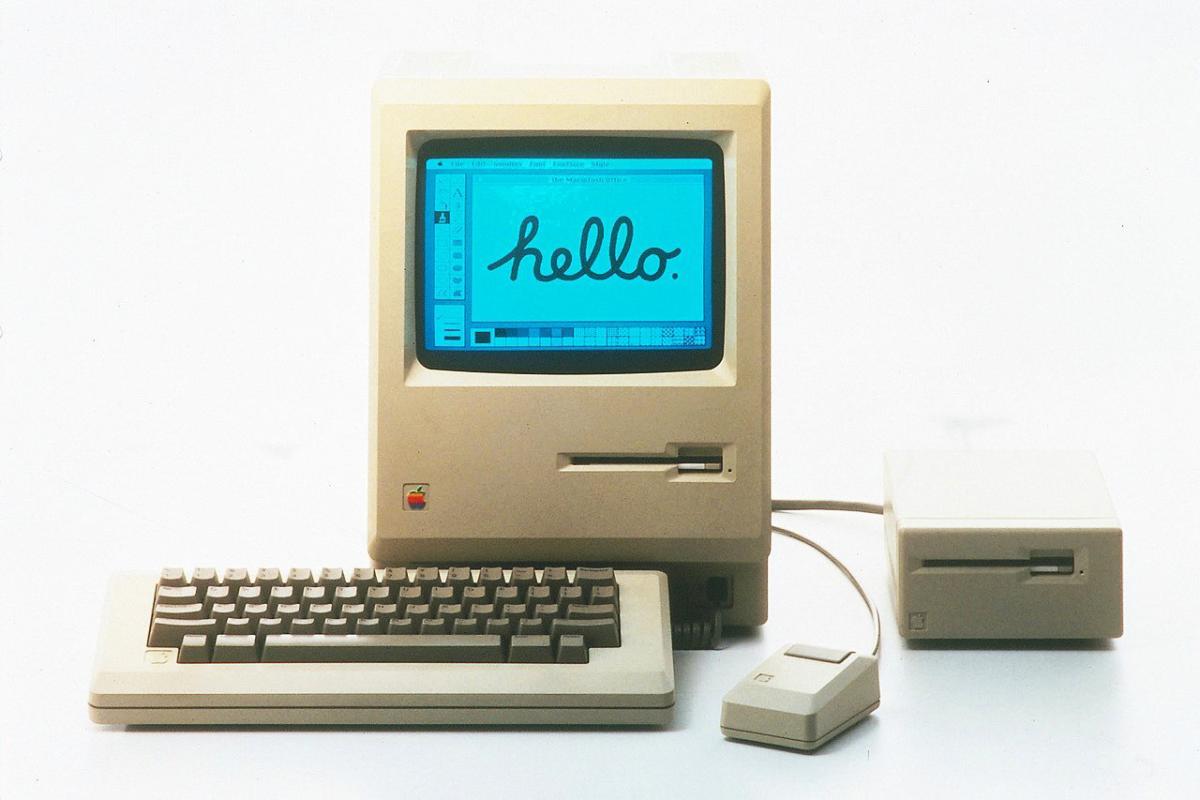
Hey Siri, where will you be after the genAI bubble pops?

When you consider the resources required to train, run, and oversee generative AI tools, you have to ask whether the rewards justify the consequences. While in theory it is possible to use smart machinery to get things done, at what point is doing so actually profitable — and when do the drawbacks outweigh the benefits?
This is something we’re going to discover soon, as the hype behind systems such as ChatGPT runs into real-world deployment. As with everything when it comes to rolling out any new and advanced human technology, there will be some tasks we find the tech can’t do well and unforeseen consequences.
We know that systems of any kind are delicate, and imposing the degree of profound transformation people seem to be pushing for with genAI will impose strain across existing social and economic systems. The ever-growing hype around its use will, inevitably, bump into this reality, and the optimism of early adopters shall be tempered by real-life struggles.
I doubt the reality will be anything as glorious as the expectation.
Aim high, but dream lower
GenAI will not be a good fit for everything because it costs too much to run. Productivity needs to be profitable, and given the costs of machine learning, technology deployment, and the resources required to oversee it when in use, this tech will not be relevant for every task.
With that in mind, it makes sense to change the thinking and expectation surrounding these technologies; once you do that, Apple’s seeming determination to find specific domains in which to deploy genAI makes a lot more sense.
Sure, the Chat GPT store may offer an AI app for everything, but not every single thing will turn out to be the right thing. I agree with Cory Doctorow that the most successful genAI deployments will be those that make a real difference to people’s lives at work, home, or play.
Even OpenAi agrees. “It’s essential to distinguish between narrow AI, which excels in specific tasks, and general AI, which would exhibit human-like intelligence across a broad range of activities. Achieving general AI remains a long-term goal and is not yet realized,” the company said.
Move slow and make things
So why pull out the “Changemaker” spray and throw paint on all the walls, when you already know that once you separate out the Jackson Pollock fragments on the bricks, you’ll have nothing left but mess on the murals and economic and social chaos?
Indeed, I really feel like the “Move fast and break things,” mantra so beloved in parts of Silicon Valley has become a historical relic.
In the current economic/social/political/environmental meltdown it makes more sense to move slow and make things. That’s what Apple seems to be doing with its considered approach toward AI deployment.
Of course, this is far more in keeping with the company’s broad approach to tech deployment. A company as proud of the ideas it didn’t pursue as those it chose to follow, Apple has a DNA-driven tendency to consider things before it brings them into the real.
With that in mind, if we assume Apple has been thinking pretty deeply about where and how genAI can make the most difference, it makes sense to anticipate that when it does introduce its own “Apple GPT” models (perhaps at WWDC) what’s on offer may seem more limited than what we think we see elsewhere.
More limited, but potentially more profound.
Preparing for life after the bubble
Because rather than committing an act of tech bro vandalism in hopes of a few scattered masterpieces, Apple has at least spent some of its R&D time/money considering where these technologies make the most sense.
And where this makes the most sense will be within limited, focused domains of activity in which machine intelligence and data analytics enable and empower better decisions and optimize human activity.
Those will be the high-profit, high-reward nexuses of the inevitable post-hype AI ecosystem — and given the speed at which the AI bubble inflated, we may find that bubble will burst quite swiftly, too. When it does, some investors may lose their shirts (most have a spare), but the technology itself will remain in wide use…where it makes sense.
I’m finding it really easy to believe that at least some of those implementations will be cheerily chugging away on Apple products, because the company’s machine intelligence boffins are already looking to life after the bubble, asking: “What will that be like?”
We will find out, eventually.
Please follow me on Mastodon, or join me in the AppleHolic’s bar & grill and Apple Discussions groups on MeWe.
